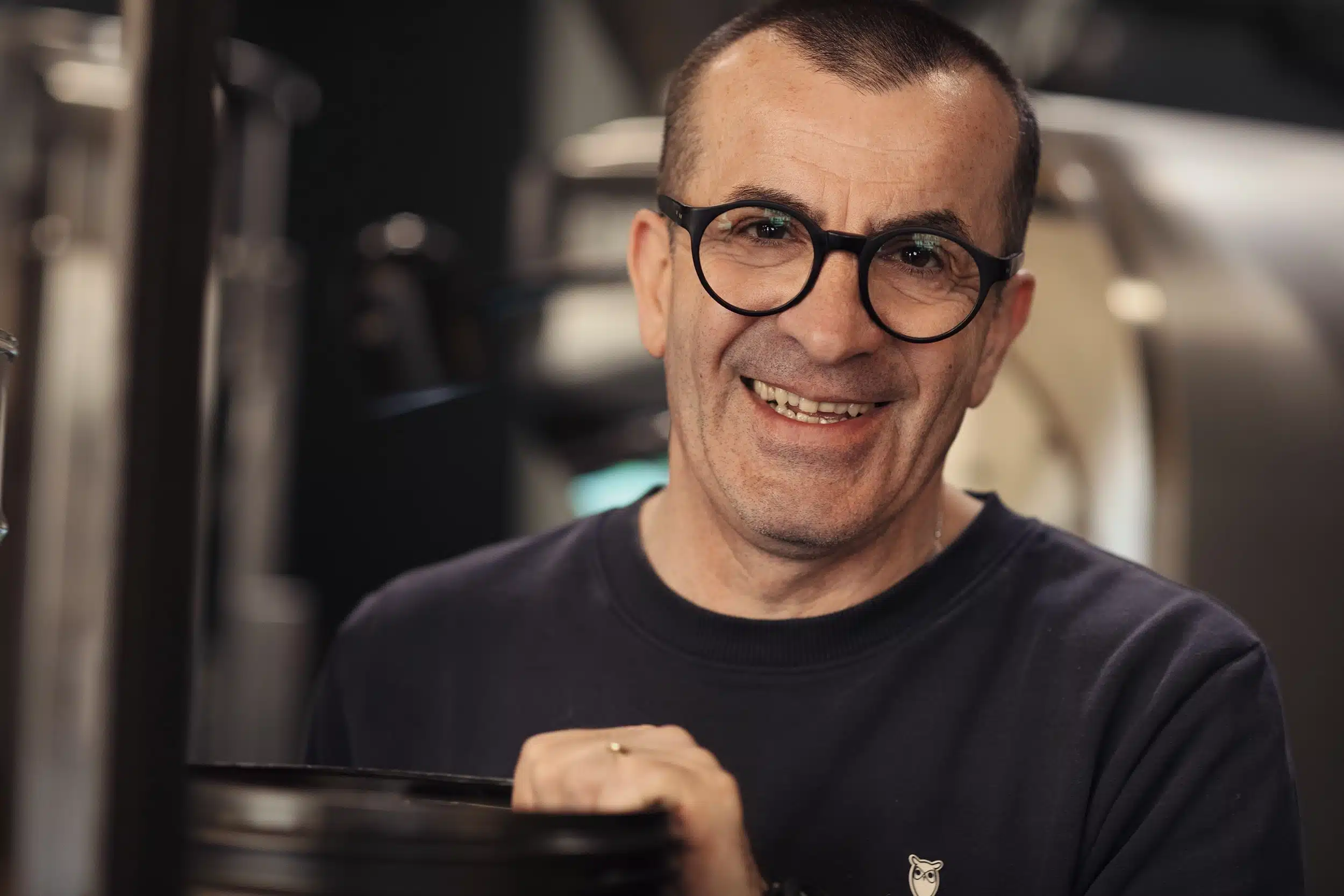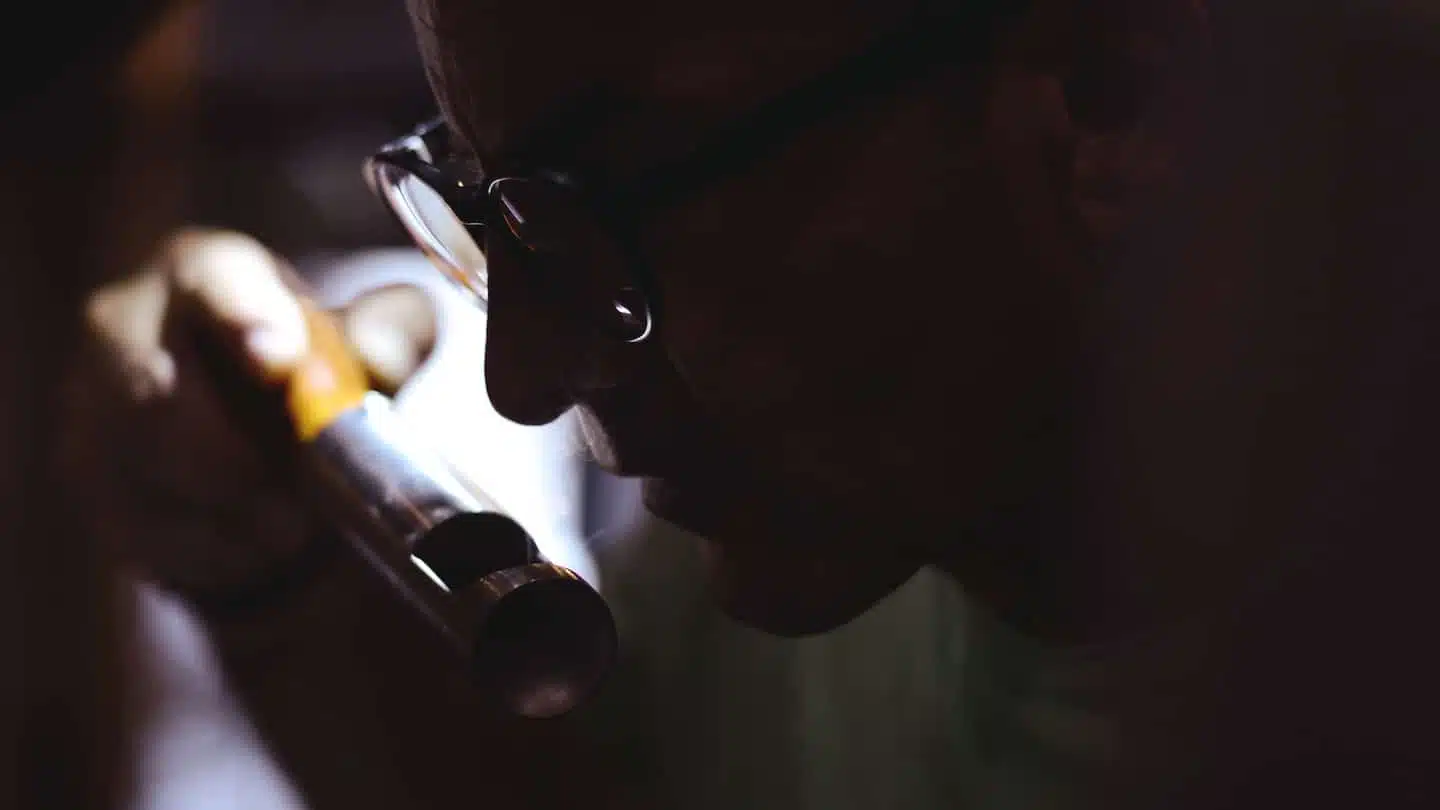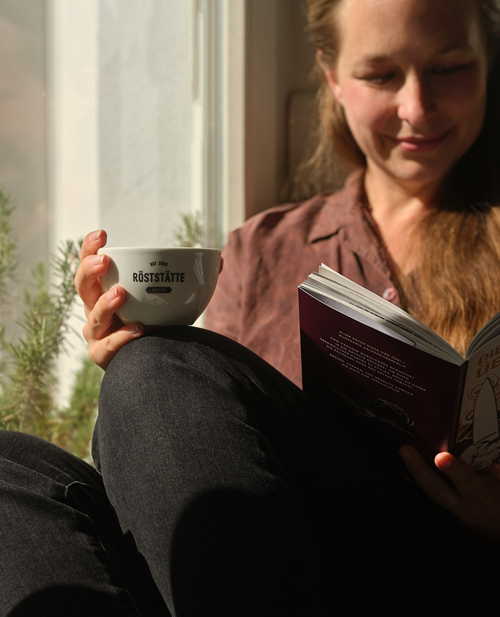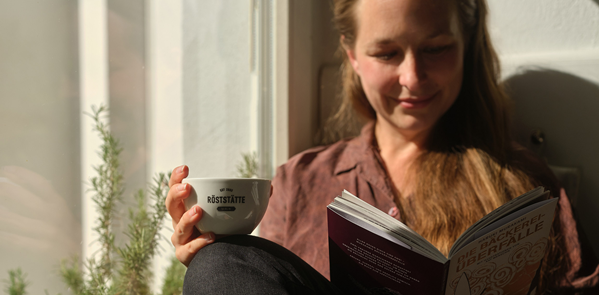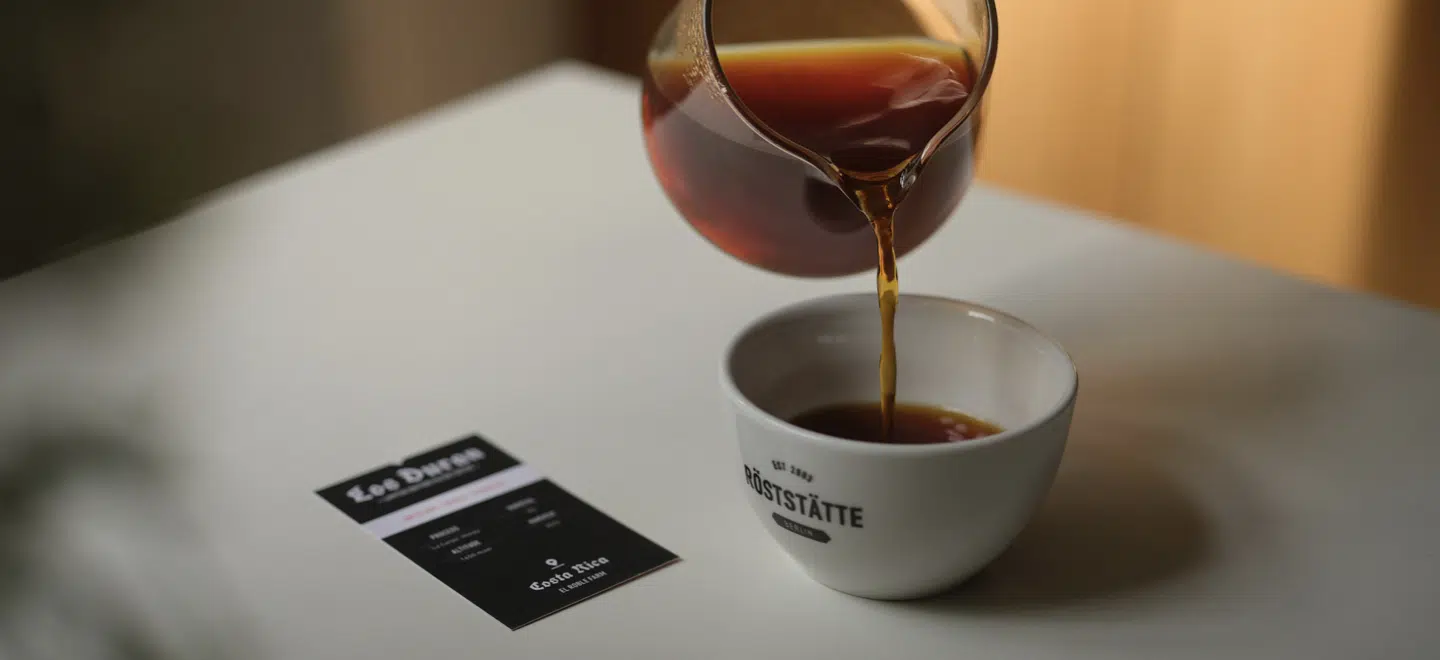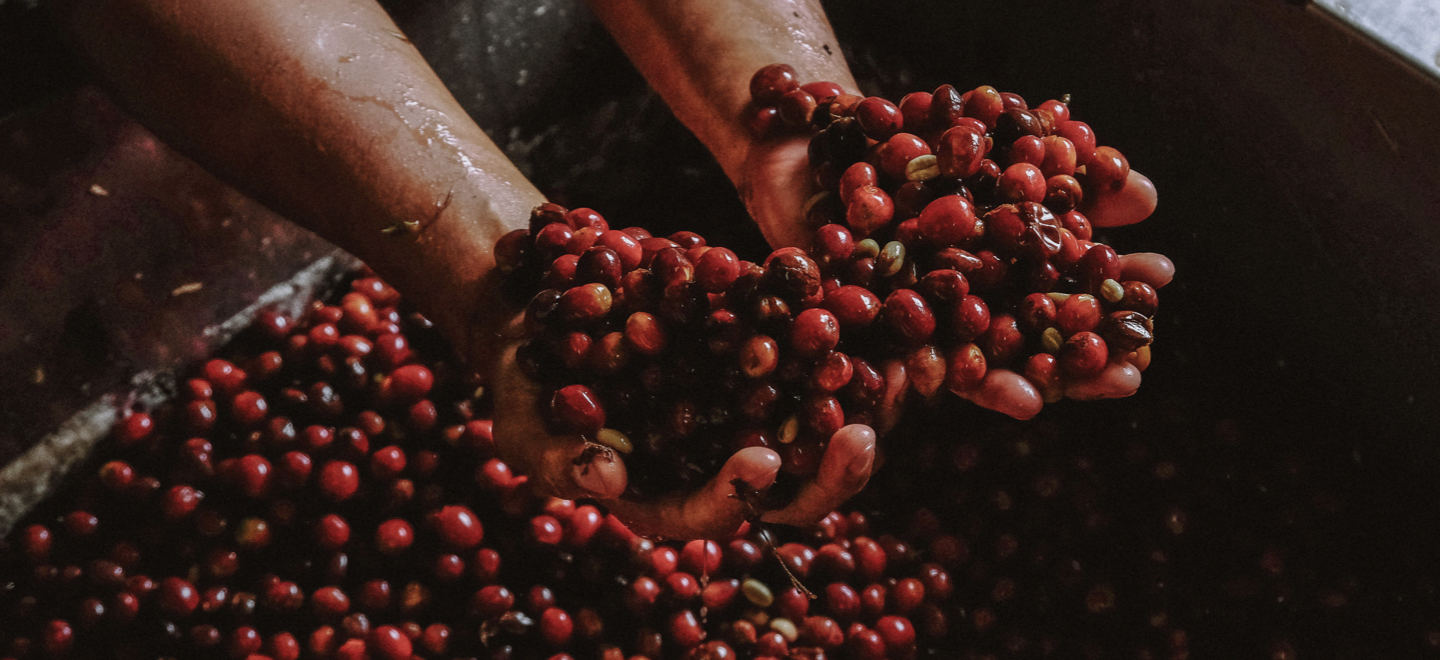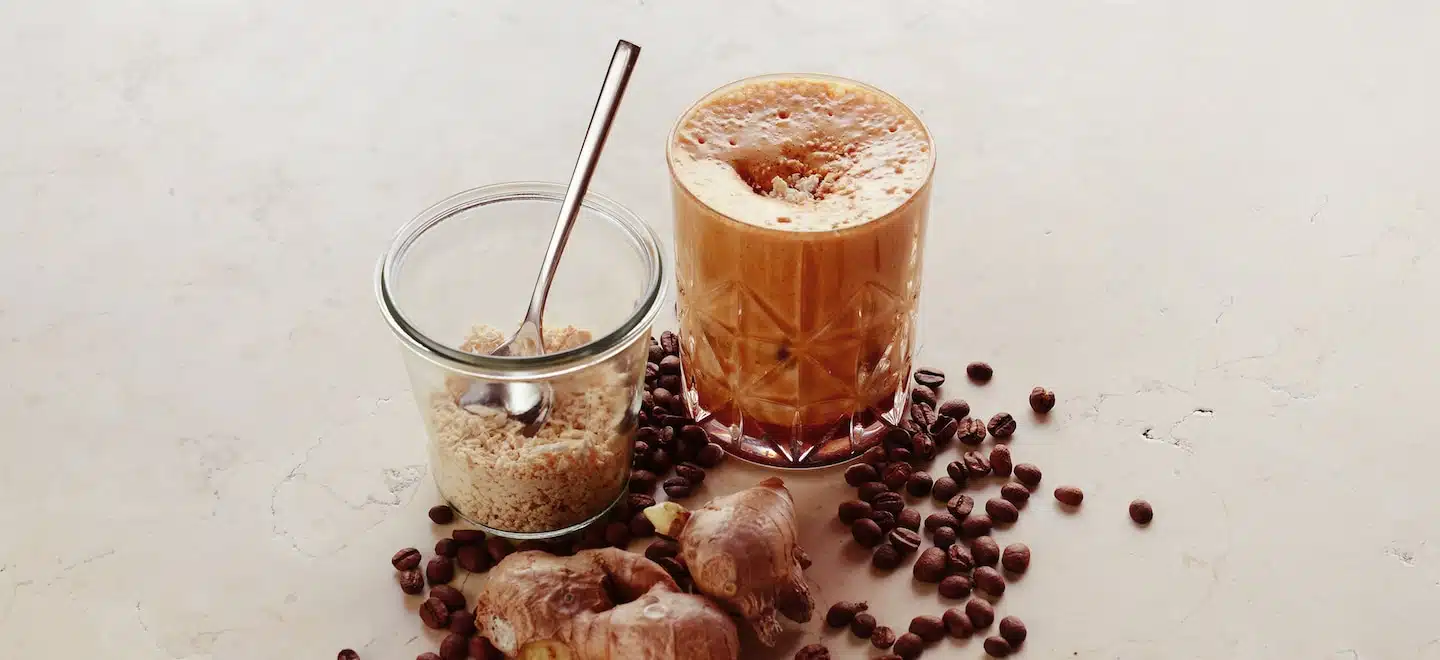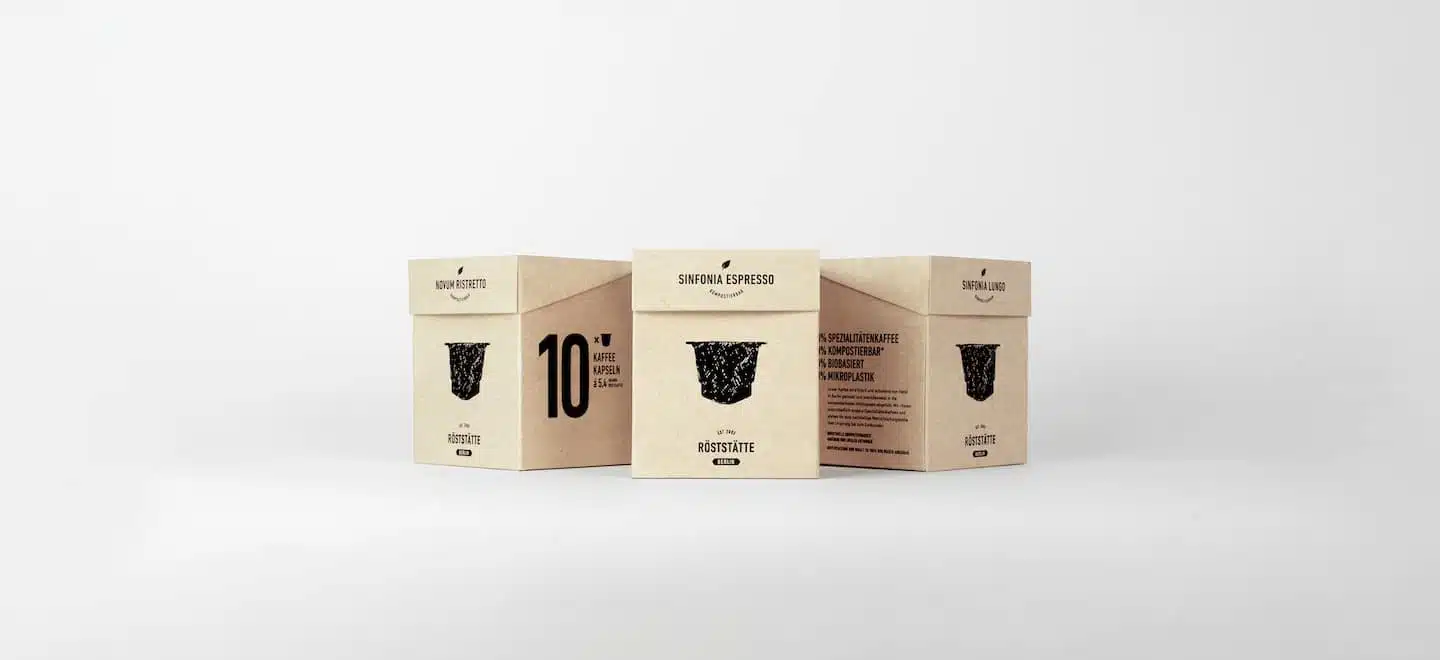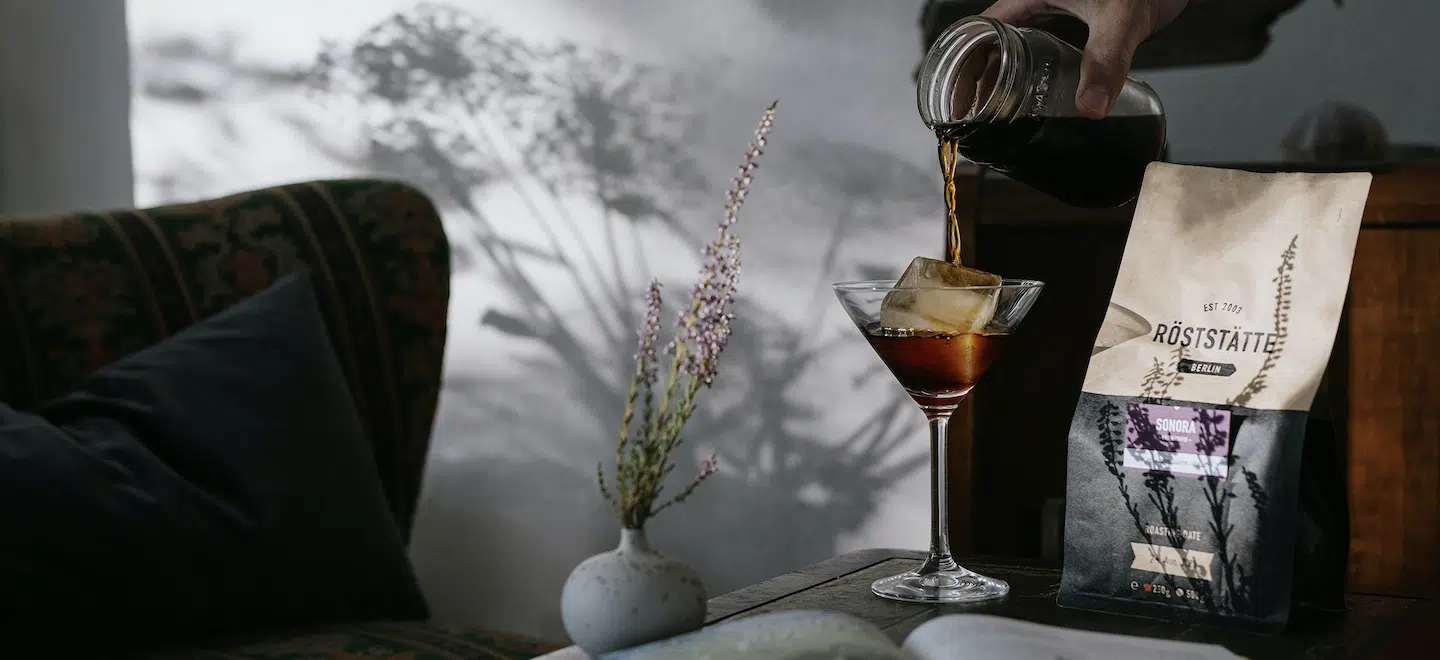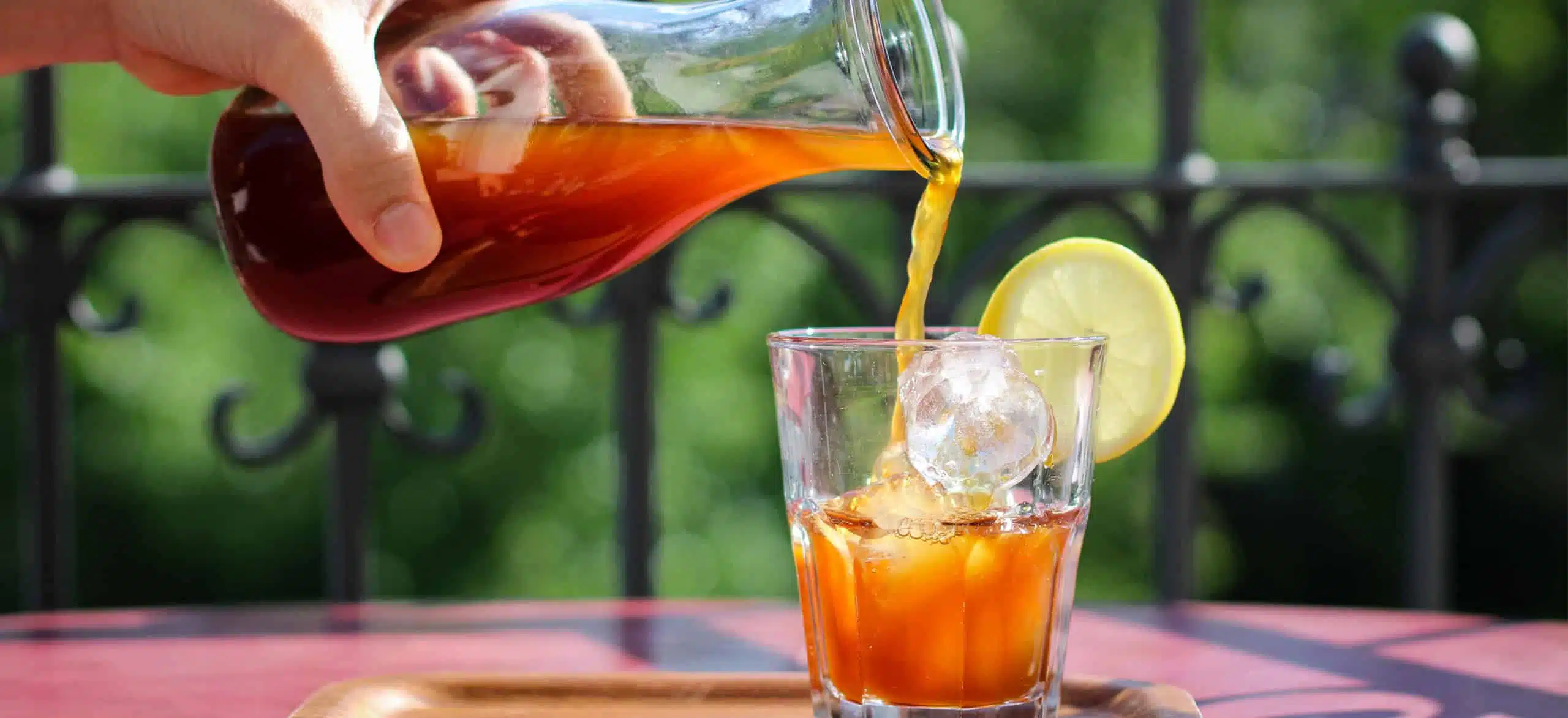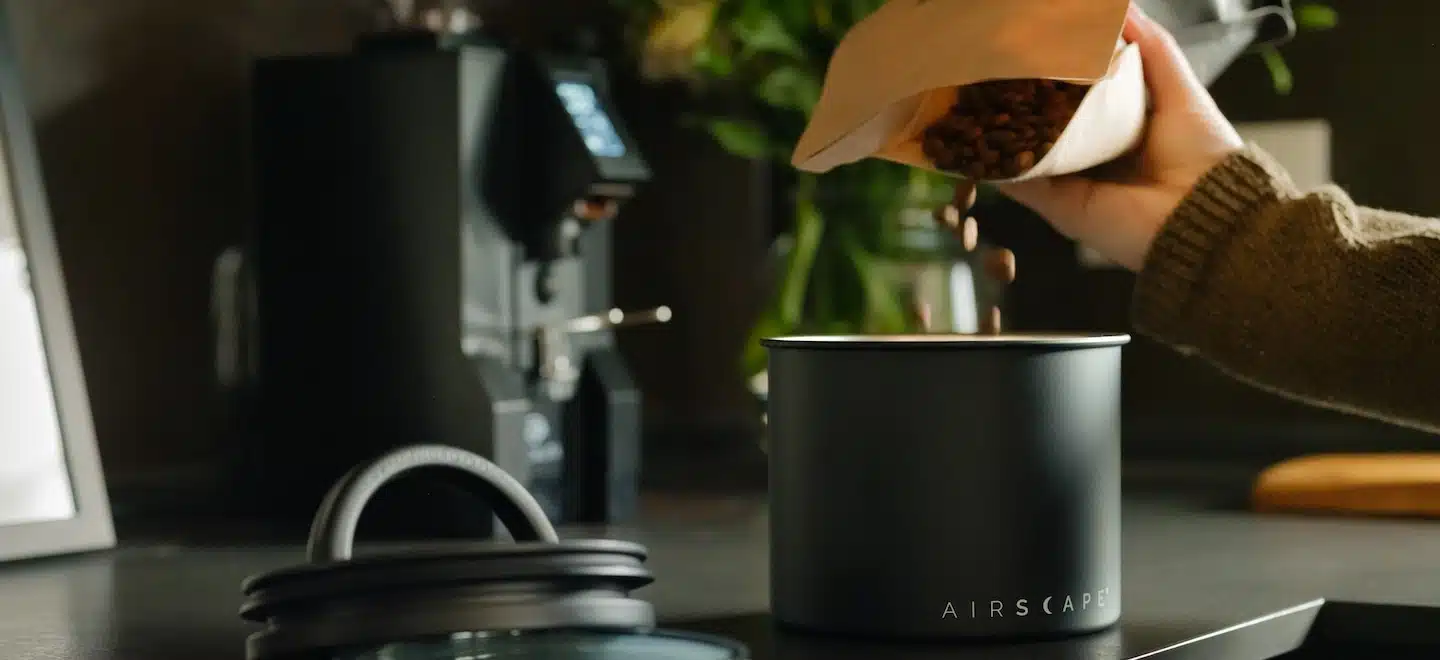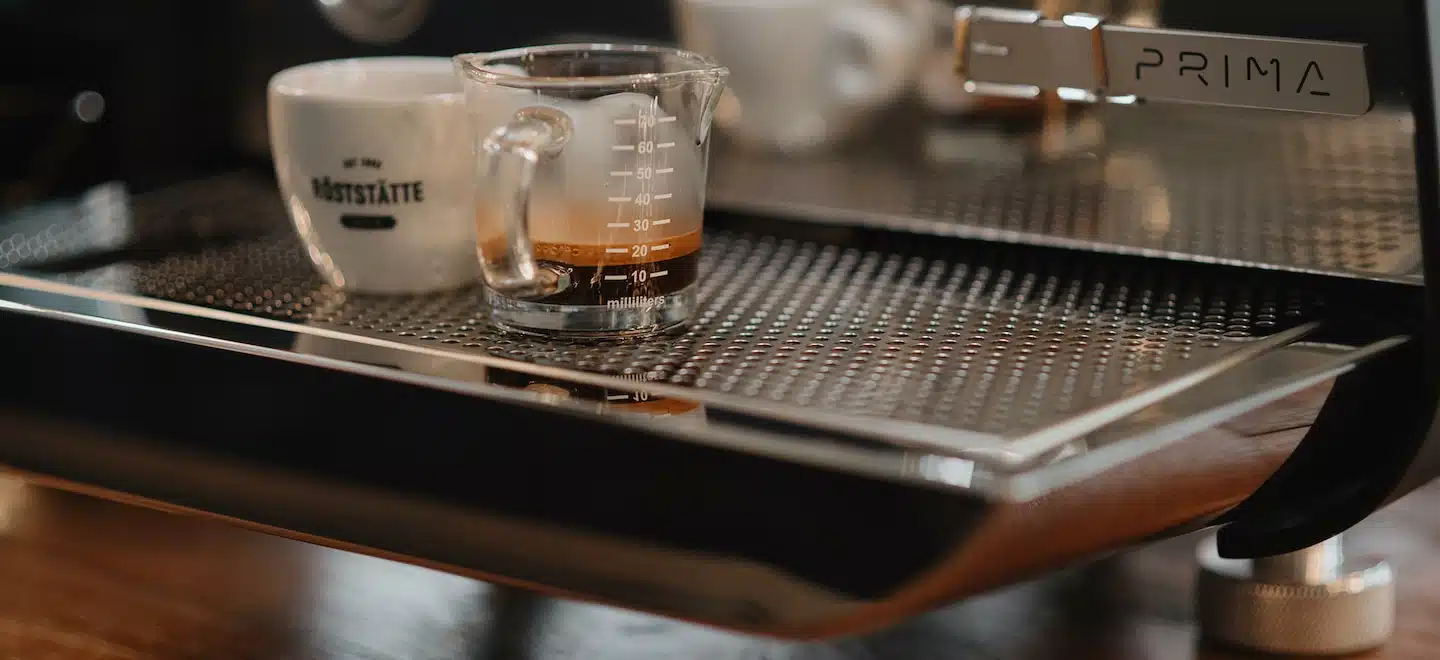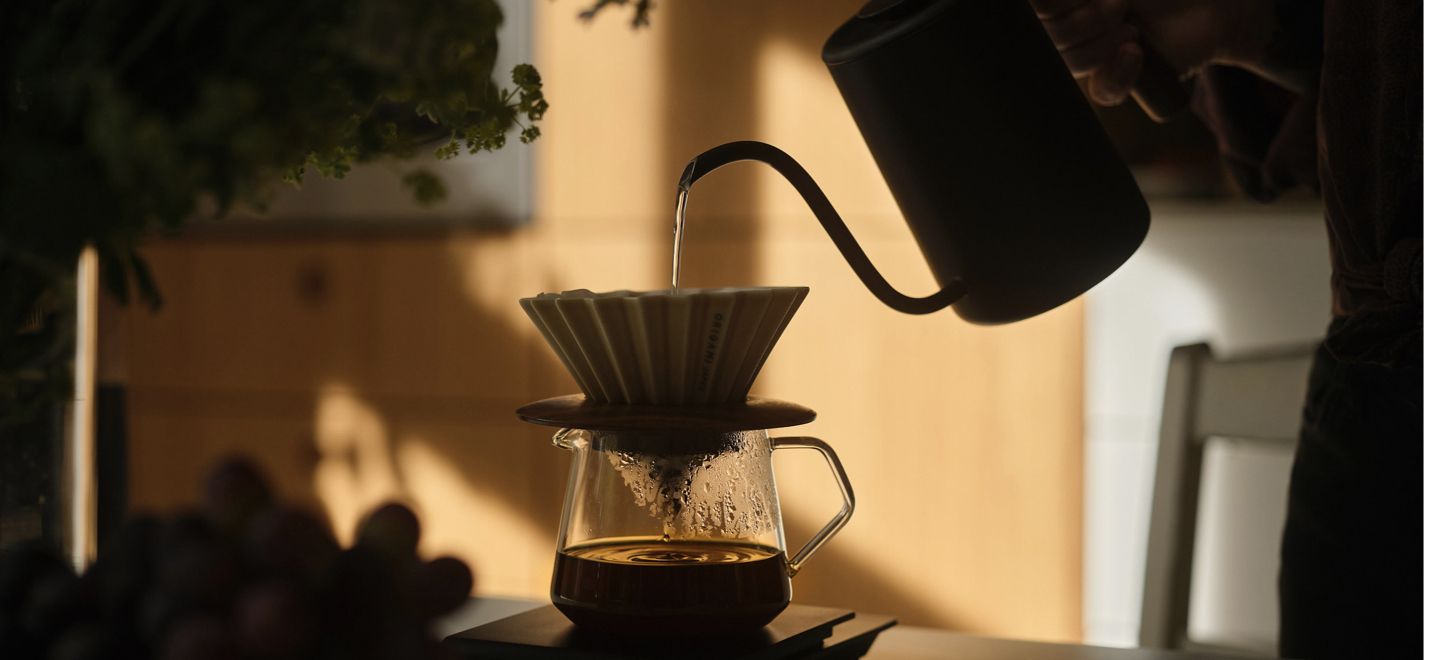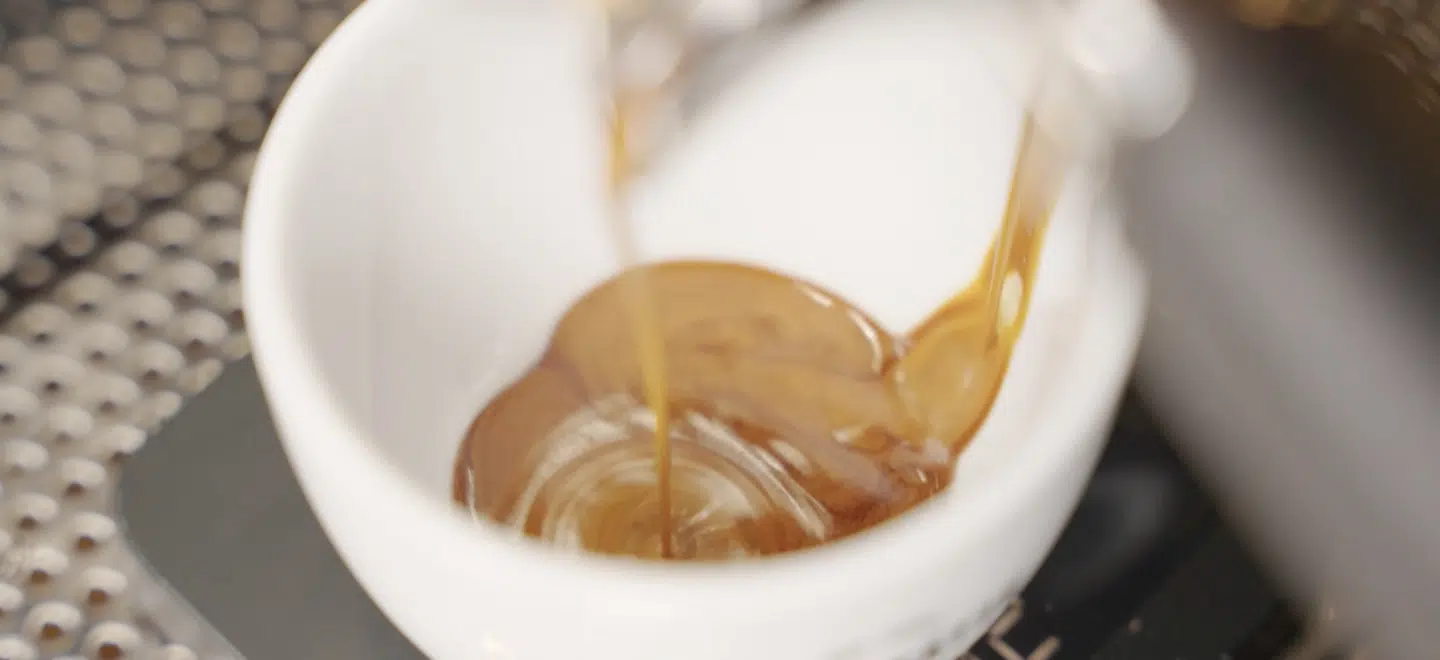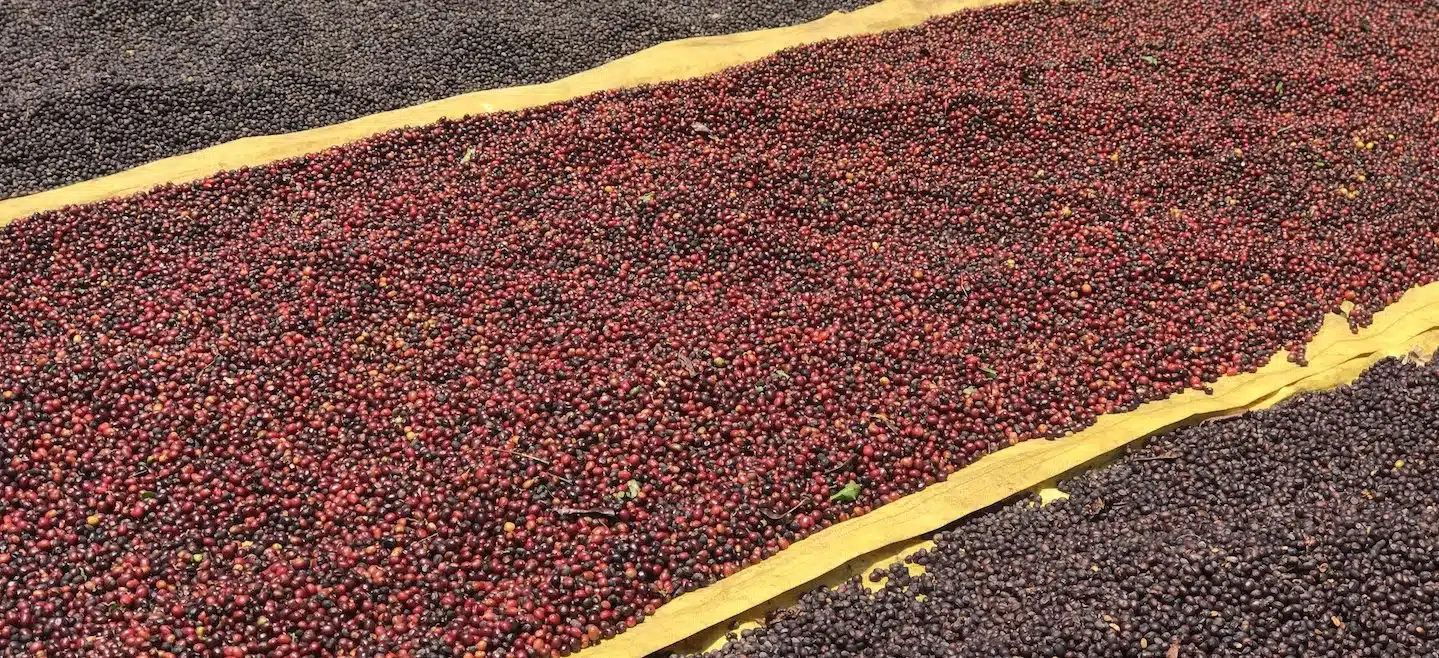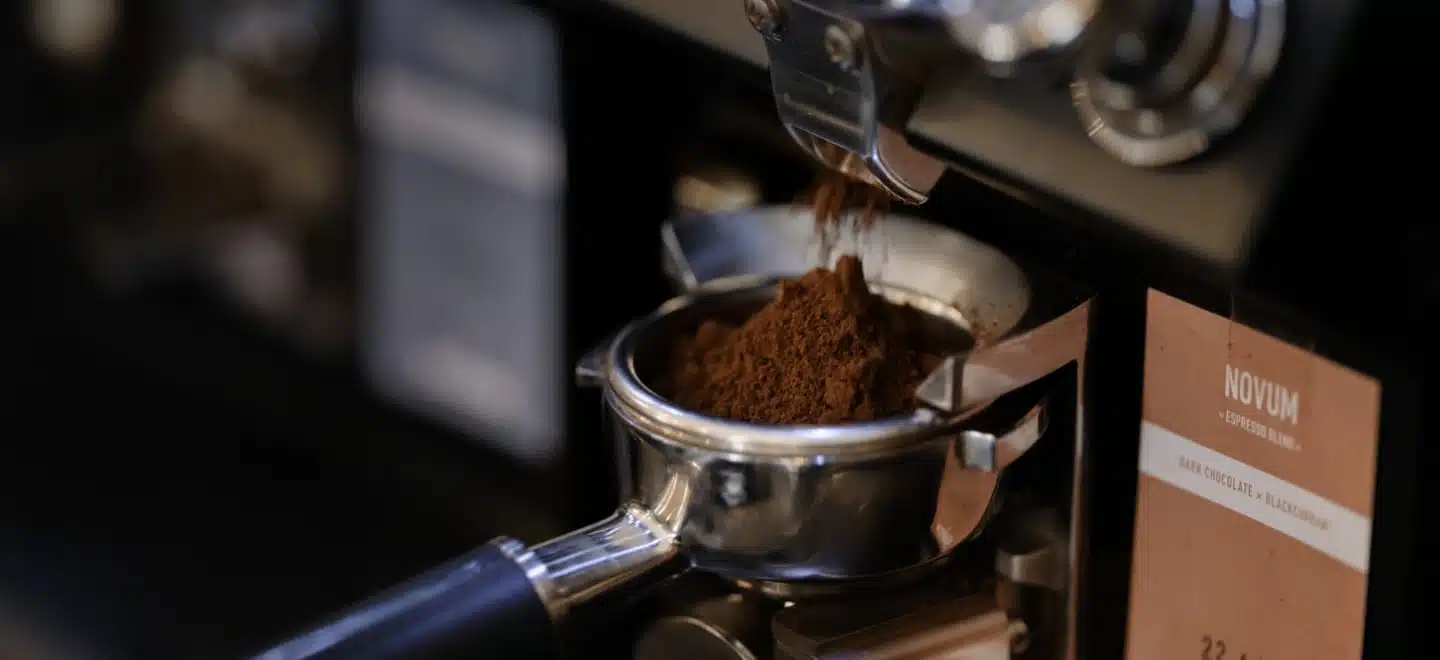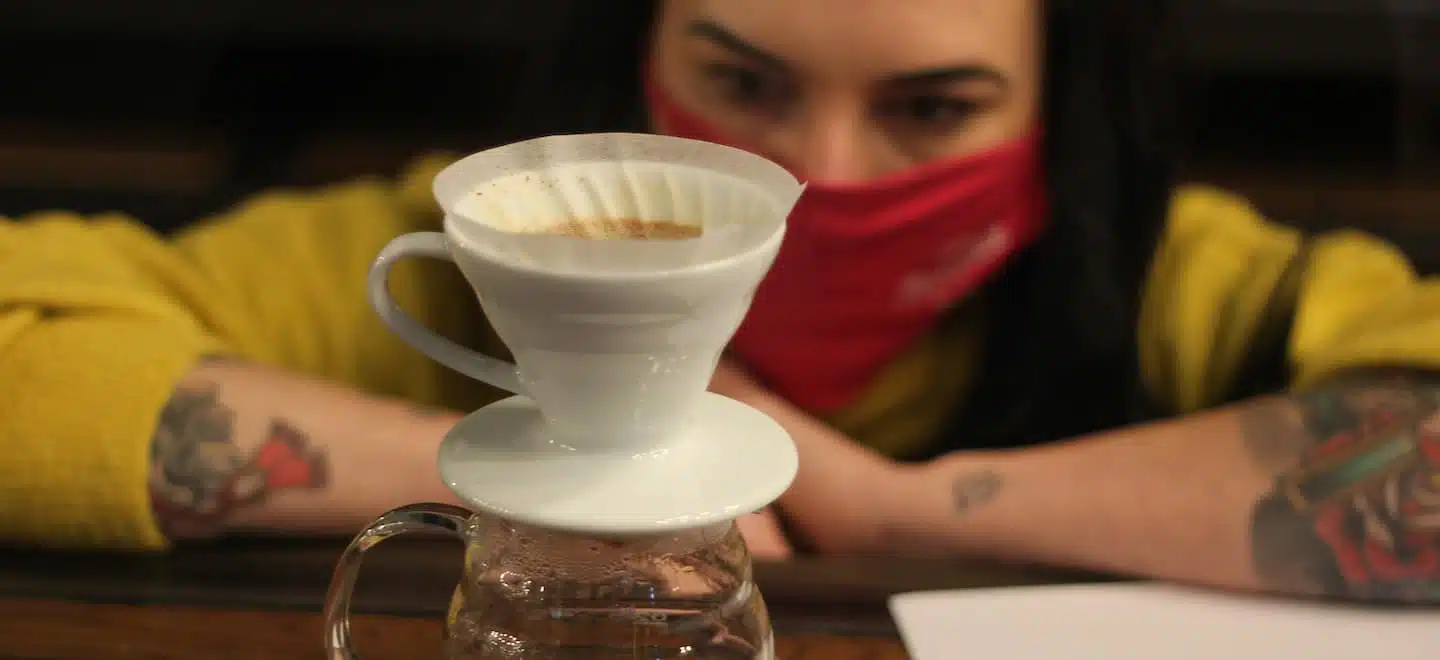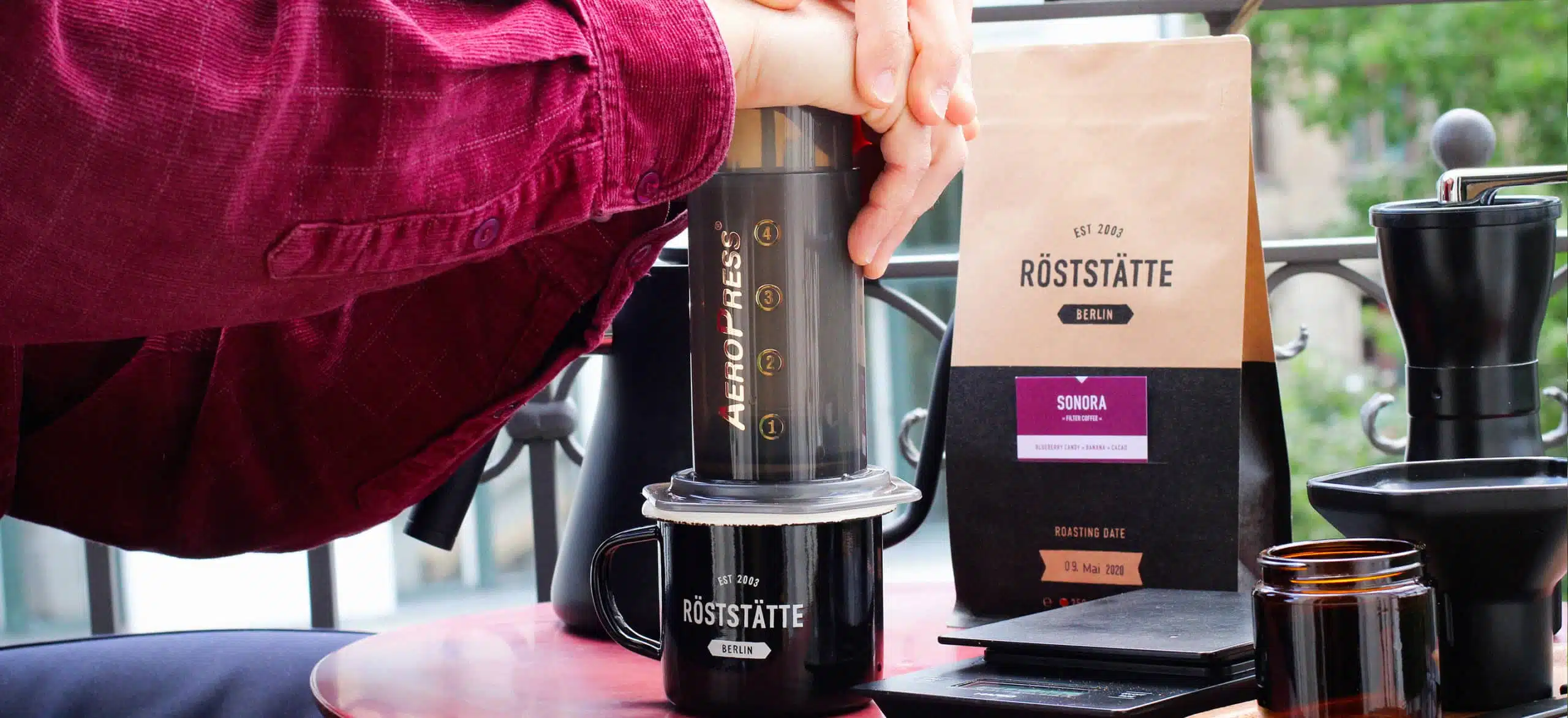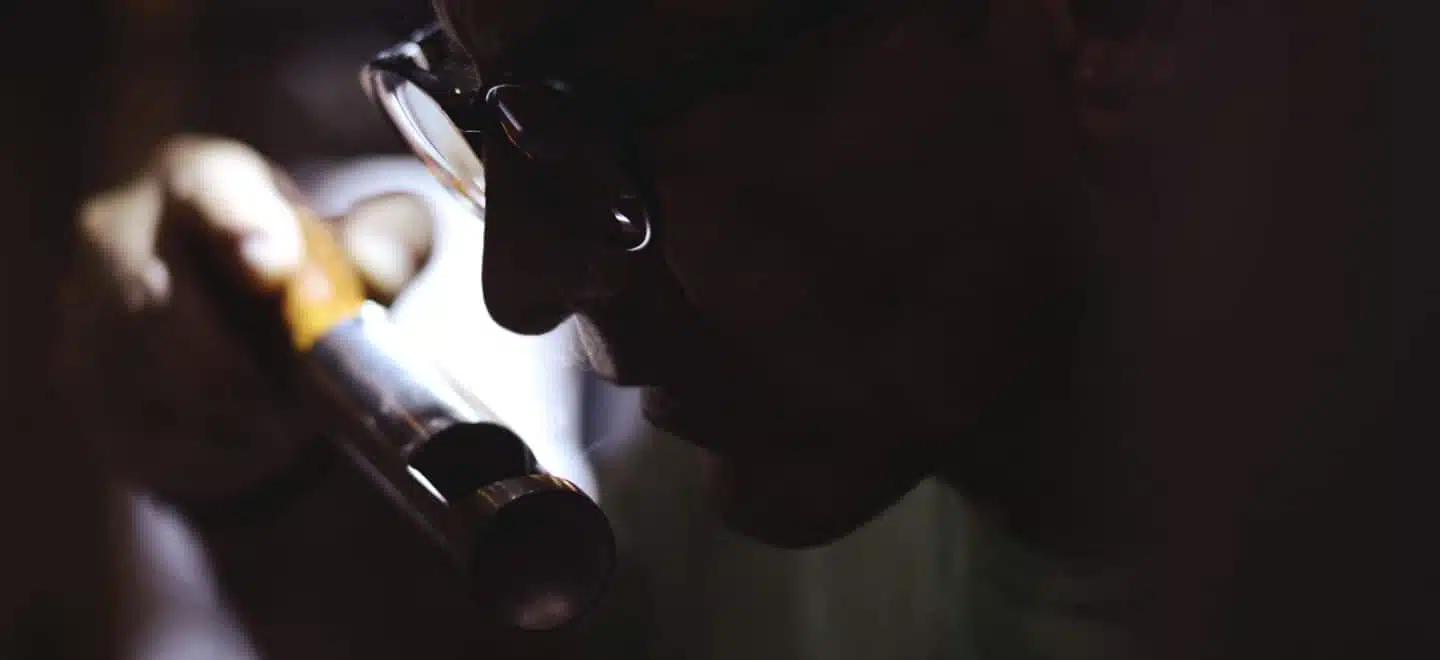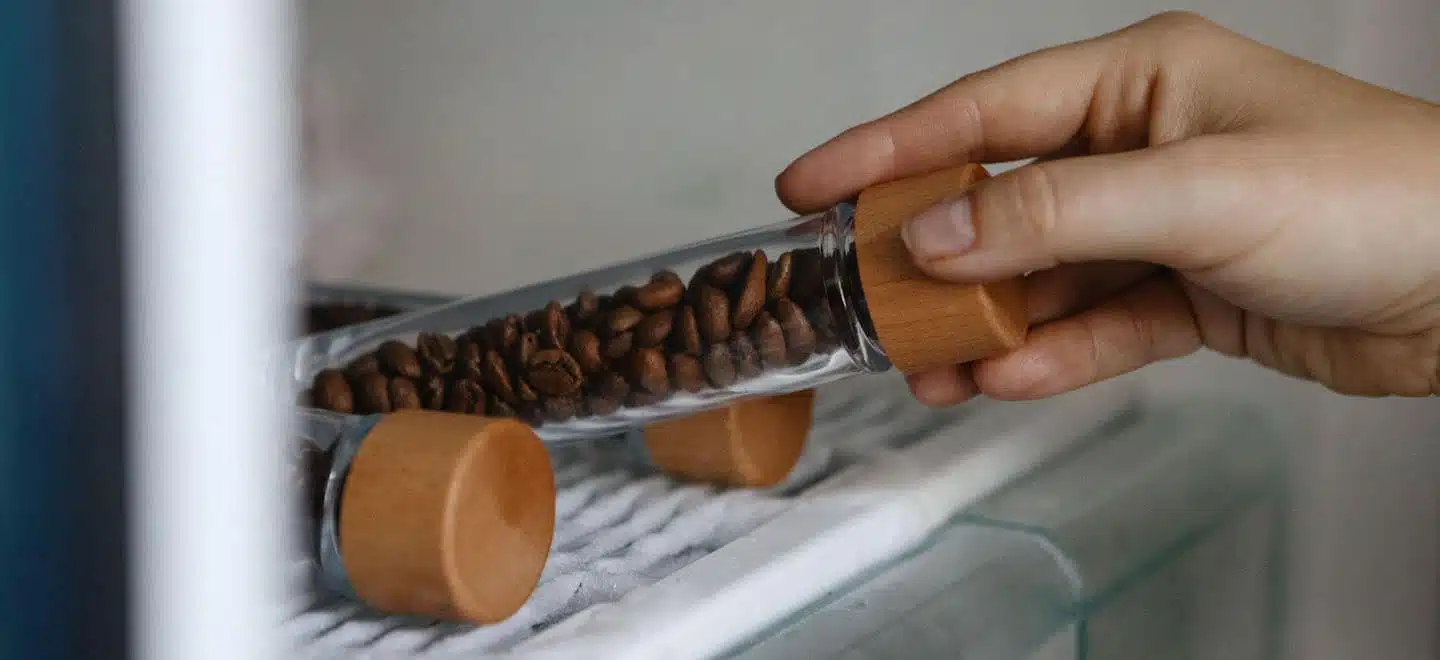Roasting coffee: how it works
Controlled and slow or hot and fast? There are many ways to roast coffee. The basic rule is: when we roast coffee, we develop its aroma. How coffee roasting works and the advantages of artisanal drum roasting.
Coffee is a natural and fresh product, it never tastes the same. Before roasting, coffee beans are green and usually have a typical grassy, straw-like aroma. They don't actually smell like coffee at all! When we roast coffee, we develop its aroma. Green coffee contains 800 to 1000 different aroma components, which only fully reveal the typical taste of coffee after roasting. By comparison: Wine contains around 500 different aromas. This makes coffee one of the most aromatic foods of all. The taste of roasted coffee ranges from chocolate and cocoa to white almond, wild berry, rum or even Riesling. A good roaster can elicit the bean's individual character and all its aromas.
To put it simply: roasting coffee first means browning green beans. There are different ways to do this, and all these different ways influence the taste of the coffee. But how does coffee roasting work in detail? What is the advantage of artisanal long-term roasting? And why is the first crack pure magic? Find out in our overview.
Our roasting philosophy
The coffee beans - exclusively Arabica - are gently roasted by hand here in Berlin-Mitte according to strict quality principles. This is done by hand in a Loring drum roaster (model S35 Kestrel) by our head roaster Ivo and his team. We roast the coffee beans in batches of six to 30 kilos at a maximum temperature of 220 degrees. In contrast, supermarket coffees are usually roasted too quickly and too hot (at over 500 degrees), which is why they often taste similar and predominantly dull, bitter or even burnt. In the specialty coffee scene, this is called "dead roasted".
The advantage of artisanal long-time roasting: the coffee is more digestible and usually milder in taste - it also develops its aroma better. The
espresso has a slightly longer development time during roasting and also a higher final temperature. But it is by no means a dark roast, but something like a medium roast. The
filter coffee is a light roast for us, i.e. a light roast. There are also so-called omniroasts, where two products are created with one roasting curve. More about roasting with us
you will learn in the interview with our Head Roaster Ivo.
The three stages of coffee roasting
There are 3 main stages in every coffee roasting process – including in the drum roaster: the drying phase, the malting phase and the development phase. Each individual phase is important to emphasize the individual taste of the coffee.
Step 1: Drying phase (100-150 degrees)
The green, straw-like aroma of the green coffee is filled into the preheated roasting drum at the start of the roasting process. Basically, the coffee bean has an average residual moisture content of eight to twelve percent at this point. This residual moisture must first escape before the actual roasting process can begin. The drying phase usually lasts at least 1/2 to 2/3 of the entire roasting time. It ends – depending on the roaster – between 155 and 170 degrees. Particular care must be taken at the start of the roasting process. If the beans are heated too much, they will burn. Important: The subsequent acidity of the coffee is largely determined during the drying phase. The longer the phase lasts, the less acidic the coffee will be afterwards. However, too little acidity can taste bland.
Step 2: Malting phase - the Maillard reaction (150-200 degrees)
At around 160 degrees Celsius, the coffee begins to smell of sweet malt and changes its color from grey-green to golden-brown. At this point, the monosaccharides in the bean are broken down into polysaccharides and the first aromas are released. Even though this phase takes place after the drying phase, the residual moisture is still being continuously broken down. The "Maillard reaction" starts during the malting phase.
The Maillard reaction, named after the doctor and chemist Louis-Camille Maillard (he described the reaction in 1912), is the same reaction that occurs during baking or roasting. It describes a combination of different physical and chemical reaction chains. During this phase, the heat development in the drum slows down. The beans lose CO2, water and various other compounds. This is the actual aroma formation phase or the actual roasting phase. Other chemical processes during roasting are caramelization and extender degradation.
First Crack: When the magic happens
At the end of the malting phase, the coffee starts to crack – this is the famous "first crack" (at around 200 degrees). The sound can be compared to the popping of popcorn. The bean is now almost twice as big as before. From this point on, the magic happens. This is when the coffee develops its familiar flavors and the roaster can end the roasting process exactly when he thinks it is right. It is advisable for the roaster to work with airflow to prevent the beans from browning too quickly and to develop an even and unburnt aroma.
Step 3: Development phase
During the first two phases, the coffee was able to gather energy and heat (endothermic), which now leads to a small explosion and a crack – the first crack. After this, the reaction becomes exothermic (heat-releasing) and the coffee bursts open audibly. The development phase begins. This is where the final aroma components are developed.
If this phase is too long or has too little energy, the coffee tastes baked and bread-like. If, on the other hand, this phase is too fast, various sugars cannot be caramelized properly. And if the phase is held for too long, the coffee can burn and taste smoky. The development time is usually 15 to 25 percent of the total roasting time.
Sweetness, acidity, bitterness – determined by the roaster
A trained roaster can define the sweetness, acidity and bitterness during controlled roasting in the drum roaster. Basically, the longer your coffee is roasted, the less acidic it will taste in the end. "And acidity can be nice, but we differentiate between a positive, i.e. sweet acidity that comes from the fruit," says Ivo. And between a sharp acidity, which has a negative influence on the flavour. And these are present in under-roasted coffees. At the same time, the bitterness increases with the roasting time. The darker the roast, the more bitter the flavour. The sweetness changes according to a bell curve, reaching its peak between the peaks of acidity and bitterness. A trained roaster can therefore specifically control whether he wants a sweet but rather acidic coffee. Or a sweet but flatter coffee. However, it is not possible to improve a bad coffee by roasting it.
From light to dark – roasting stages and the second crack
There are various technical terms for categorising the different roast levels – from light to dark: Cinnamon (cinnamon roast), American City (American roast), Full city, Vienna (Viennese roast), French (French roast), Italian (Italian roast). Lighter roasts are usually more acidic and dark roasts more bitter.
For dark roasts, roasters wait for the second crack (at around 224 degrees) after the development phase, but none of our coffees see this. French roast or Italian roast refer to very dark roast profiles, which have a lot of bitterness and body – but also destroy many of the flavours of speciality coffees from different origins. Dark roasts lose a lot of the sweetness, complexity and acidity that comes from the fruit. We want to avoid this with our coffees.
Step 4: Cooling and degassing
After roasting, it's time to cool down. The coffee falls from the roasting drum of the drum roaster into the cooling sieve. There it is stirred and cooled by cold air. Finally, the beans pass through the destoner. Small stones, which are sometimes contained in the green coffee, are sorted out.
Finally, the coffee is packaged and sent to you by post. The coffee needs a few days to degas. This is why you will find semi-permeable flavour valves on our packaging. Only then can the coffee develop its full flavour. More about the correct storage of coffee
you can find out here.
Summary: coffee roasting is a craft
The various different chemical processes involved in roasting can result in hundreds of flavours in the coffee. The task of the coffee roaster and the roasting curves they create is to promote the desired flavour processes in the artisanal drum roasting process and to avoid the undesired ones.
Even today, no computer can replace a roaster and calculate the exact degree of roasting (even if computers now assist with roasting). That is why coffee roasting remains a true craft.
written by
Christopher Braemer
Christopher is a trained journalist and works in marketing at Röststätte Berlin. He is passionate about the Röststätte newsletter and the content area. For the blog, he writes about coffee from all over the world, but also about business, politics and sustainability. If you have any questions or suggestions, please send him a message.
Photos: Laura Droße
website


